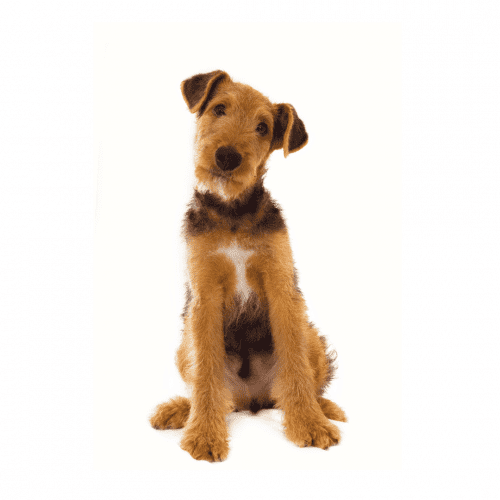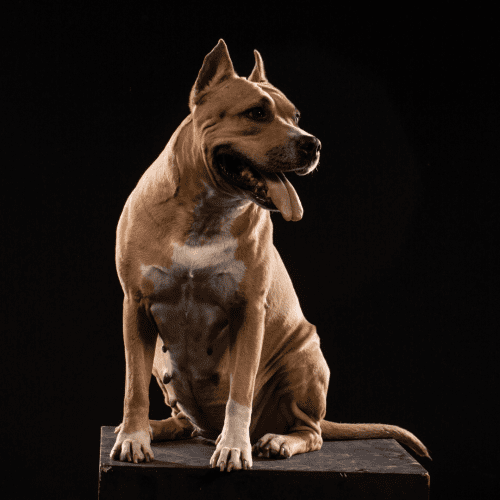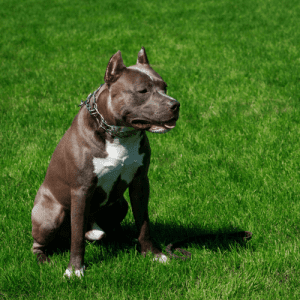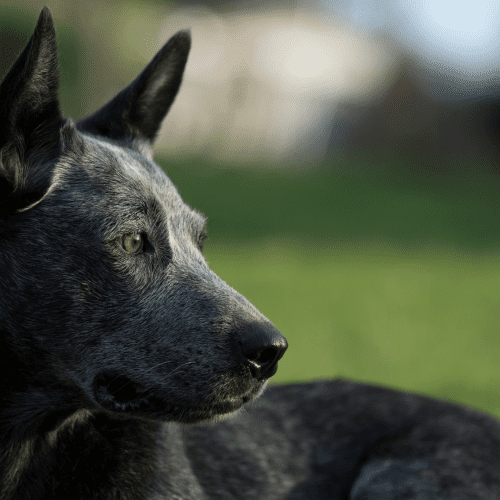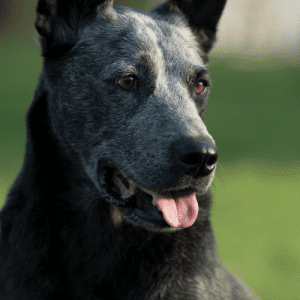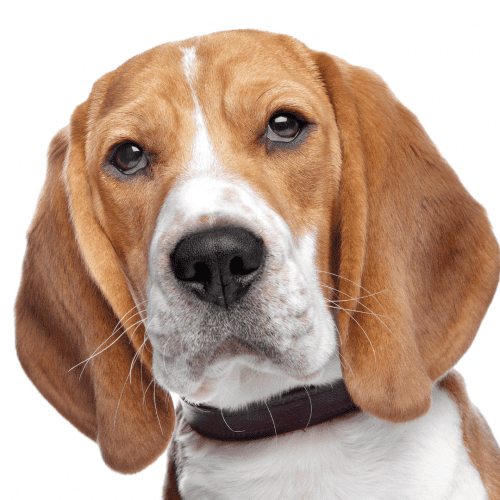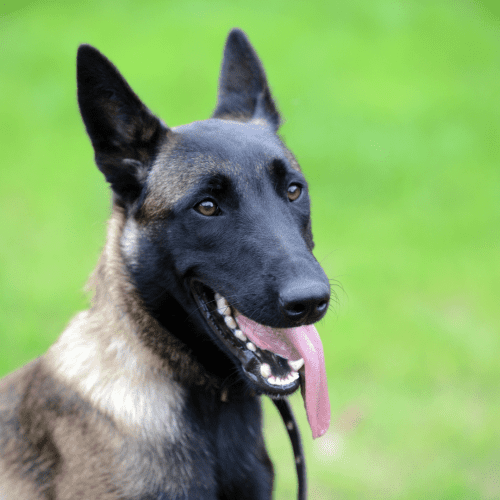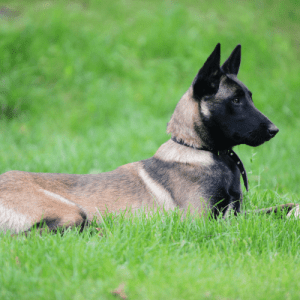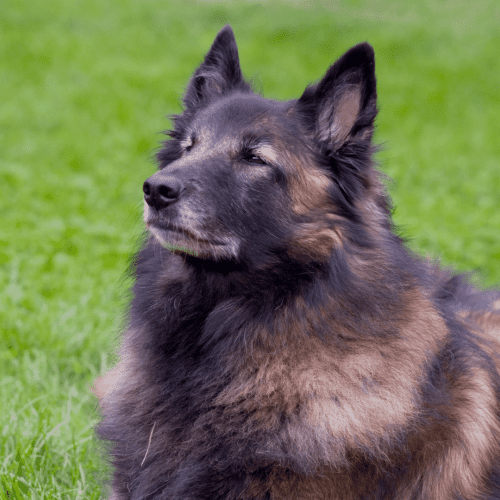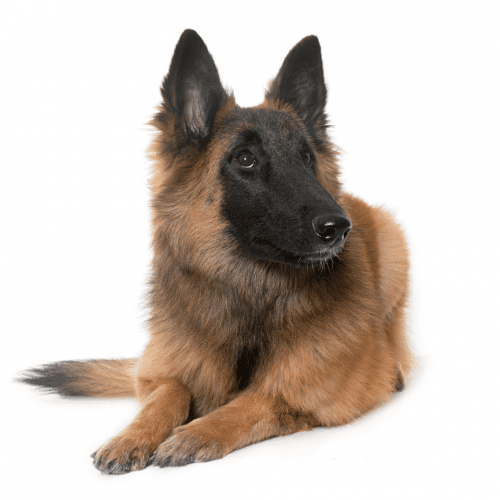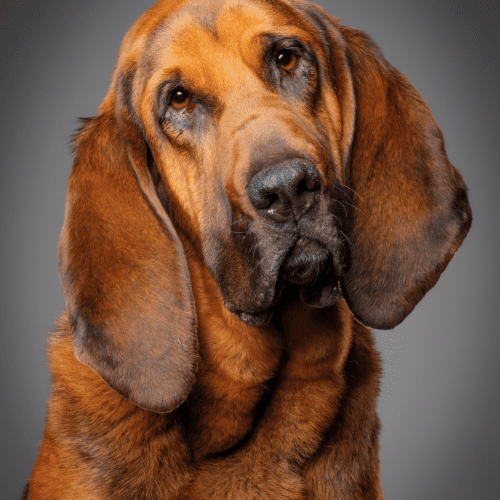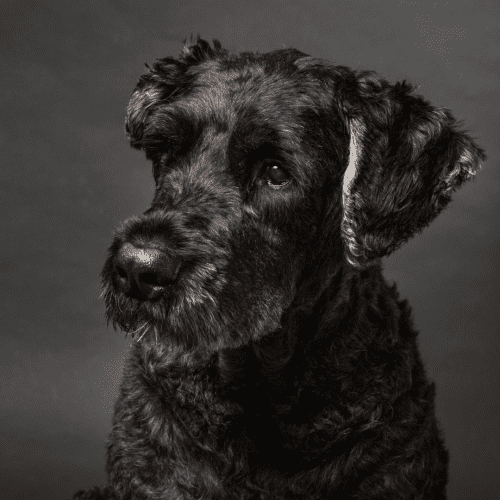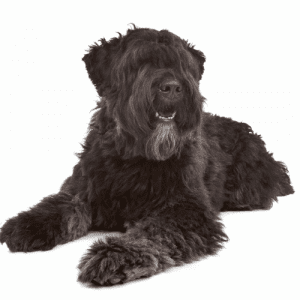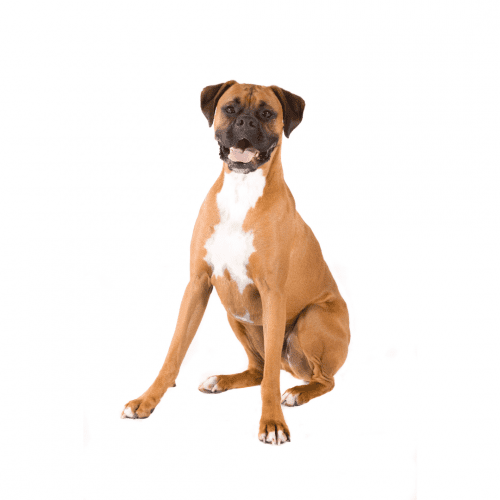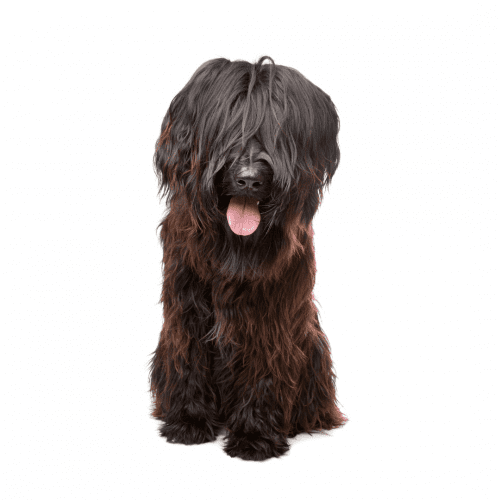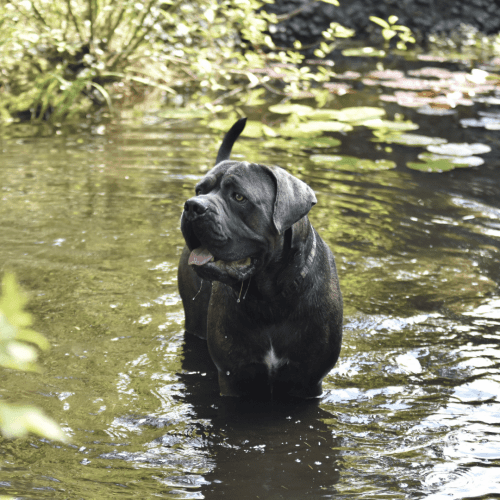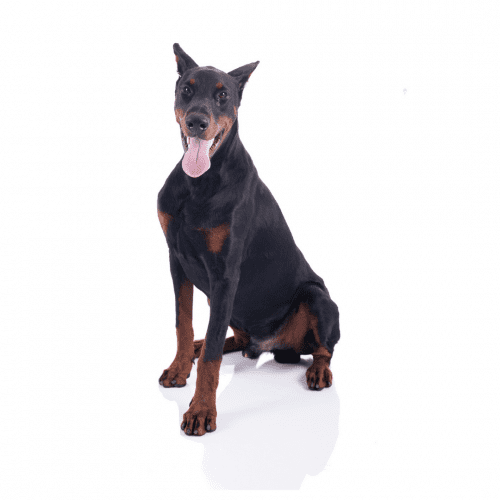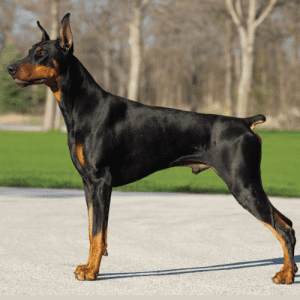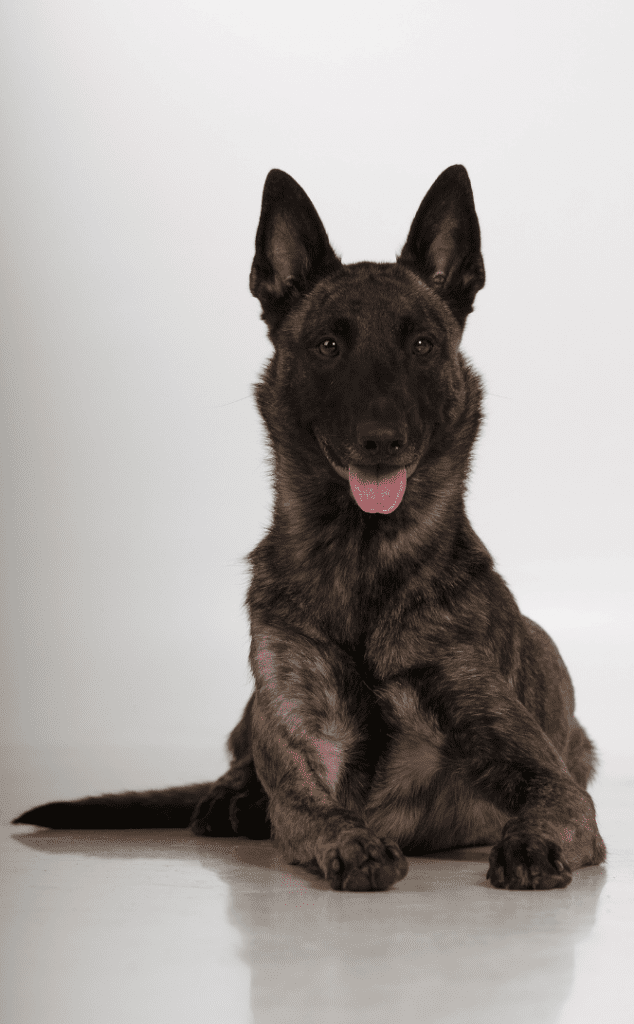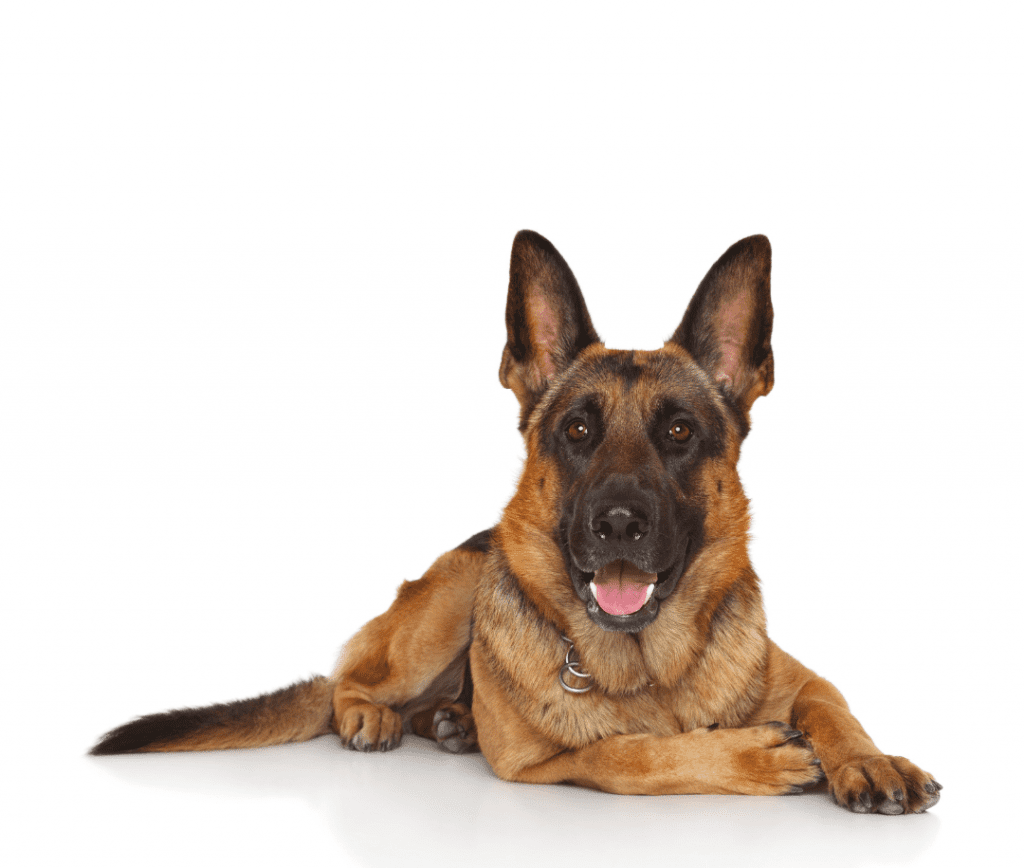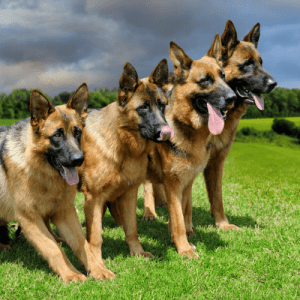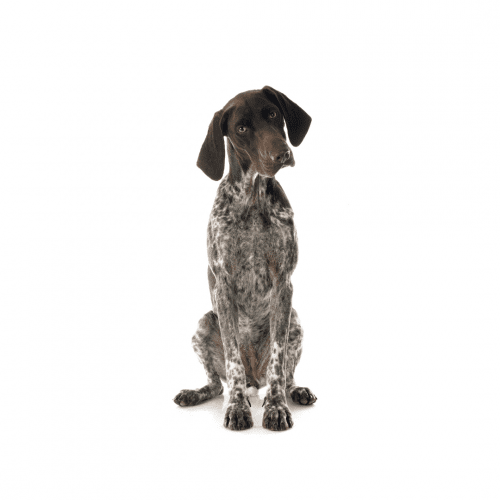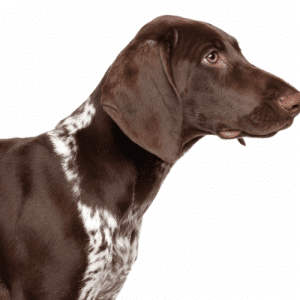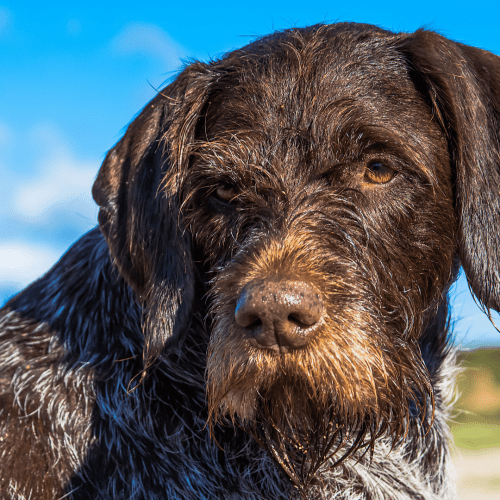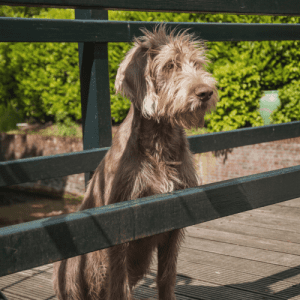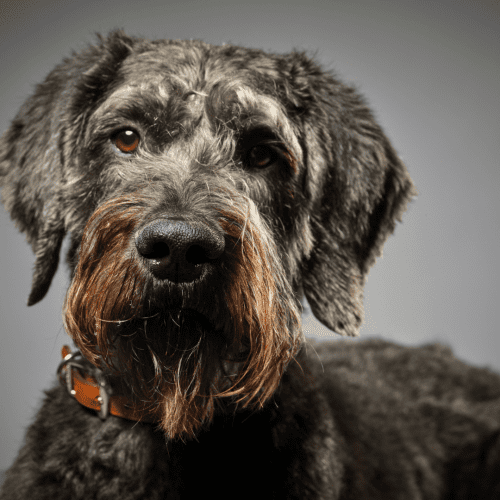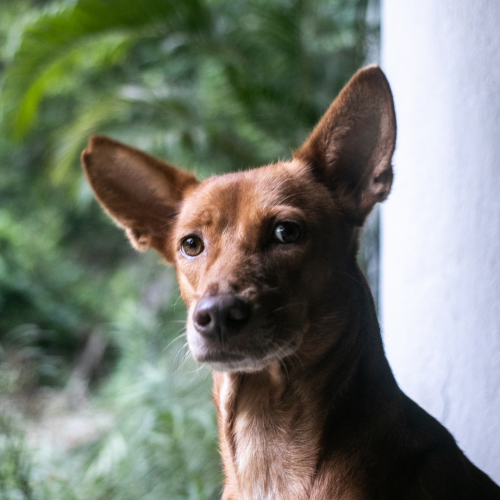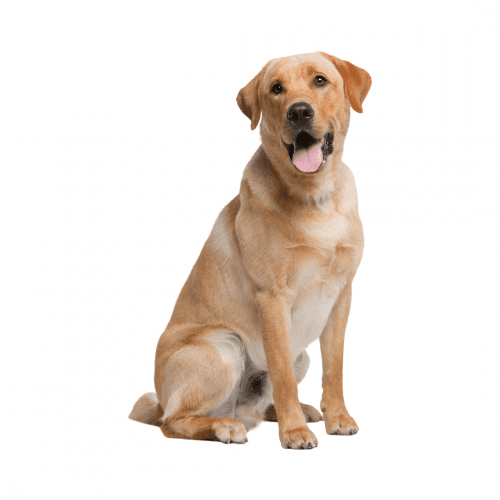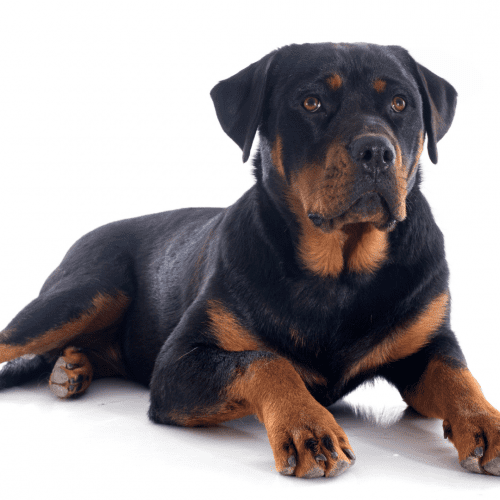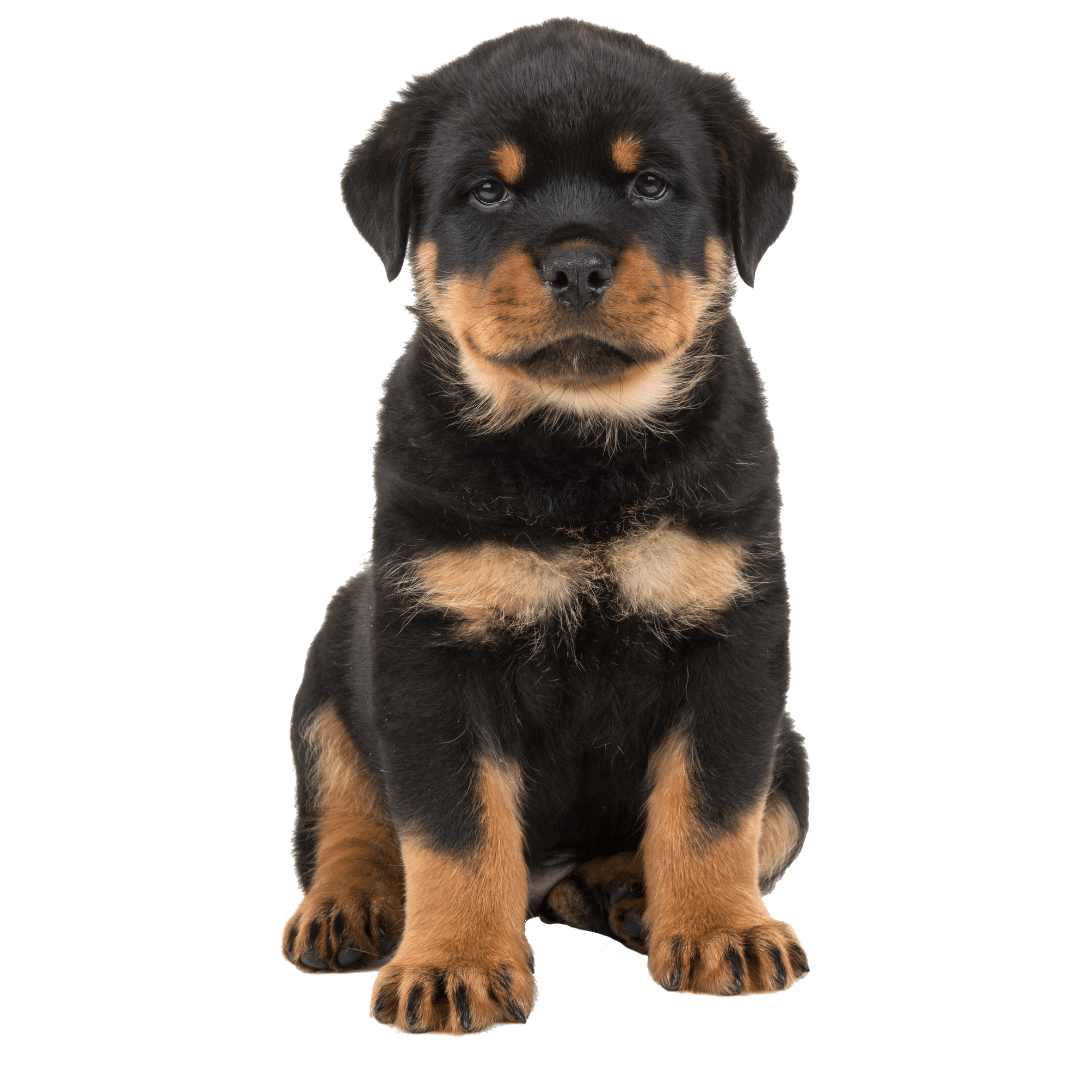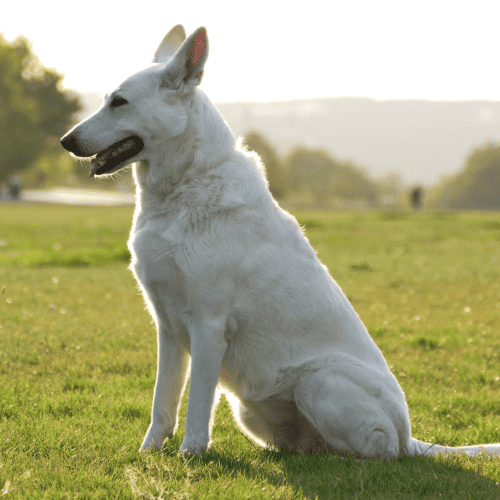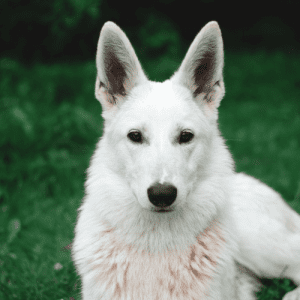Certain dog breeds have been used in law enforcement for centuries, and remain an important part of police work today. K9 police dogs are specifically trained to assist officers in a wide variety of tasks, from Search and Rescue operations to narcotics detection. They are also often called upon to track suspects or missing persons, and can be incredibly effective in helping to apprehend criminals.
K9 units, also known as police dogs, encompasses various breeds specifically trained for law enforcement. These highly skilled canines have a long and storied history dating back to ancient times. The concept of using dogs for law enforcement can be traced back to ancient Egypt, where they were used to guard temples and assist in hunting. Over the years, the role of police dogs has evolved and expanded to include a wide range of duties.
K9 training is a rigorous process that begins at a young age. These dogs undergo specialized training to develop their instincts and abilities. They learn to track scents, apprehend suspects, detect drugs and explosives, and perform various search and rescue operations. The breeds commonly used as police dogs include German Shepherds, Belgian Malinois, Labrador Retrievers, and Dutch Shepherds. Each breed has its unique characteristics that make them well-suited for different tasks.
The impact of police dogs on law enforcement can’t be overstated. These highly trained canines provide an invaluable service to police departments worldwide. They assist in criminal investigations, help locate missing persons, and contribute to the overall safety and security of communities. The presence of a police dog can often deter criminals and help maintain order in challenging situations.
The bond between a K9 officer and their dog is strong, and together they form a formidable team that enhances the effectiveness of law enforcement efforts.
With their specialized training and unique abilities, K9 aka Police Dogs set themselves apart from other dog breeds in the law enforcement field. These dogs possess certain characteristics that make them well-suited for their role in law enforcement.
One of the key characteristics of police dogs is their high intelligence and trainability. They’re quick learners and can easily grasp complex commands and tasks. Additionally, police dogs are known for their strong sense of smell, allowing them to detect narcotics, explosives, and even missing persons. This exceptional olfactory ability makes them invaluable assets in search and rescue missions.
In terms of training methods, police dogs undergo rigorous training from an early age. They’re taught various skills such as tracking, apprehending suspects, and protecting their handlers. The training involves positive reinforcement techniques, rewarding the dogs for correct behavior, and discouraging negative behavior.
The working abilities of police dogs are impressive. They can perform various tasks, including tracking criminals, conducting building searches, and apprehending suspects. Their agility and strength enable them to apprehend and subdue individuals effectively, ensuring the safety of law enforcement officers and the public.
In terms of their role in law enforcement, police dogs play a crucial part in crime prevention and detection. They can search large areas quickly, locate evidence, and support their human counterparts in dangerous situations. Their presence alone often acts as a deterrent to potential criminals.
The health and care of police dogs are of utmost importance. These dogs receive regular veterinary check-ups and a balanced diet to maintain their physical well-being. They’re also given sufficient exercise and mental stimulation to keep fit and focused on their tasks.
Dogs from various breeds are part of the K9 aka Police Dogs group. These dogs undergo an intensive training to prepare them for their role in law enforcement. The specific breeds used in K9 units can vary depending on the country and their assigned tasks.
German Shepherds are among the most common breeds used in K9 units worldwide. They’re known for their intelligence, loyalty, and versatility. Belgian Malinois and Dutch Shepherds are also popular due to their high energy levels and strong work ethic. Other breeds like Labrador Retrievers and Bloodhounds are commonly used for their exceptional scenting abilities.
K9 units exist in different countries around the world, each with their own unique training programs and selection criteria for dogs. These units play a crucial role in law enforcement, assisting with various tasks such as search and rescue, drug detection, bomb detection, and apprehending suspects.
K9 handlers face numerous challenges in their line of work. They must establish strong bonds with their canine partners and maintain training through ongoing practice and reinforcement. Additionally, handlers must be prepared to face dangerous situations and make split-second decisions to ensure their safety, their dogs, and the public.
Originating from a rich history of working alongside law enforcement, K9 aka Police Dogs have a fascinating background that can be traced back to their earliest beginnings. The use of dogs in police work dates back thousands of years, with evidence of their presence found in ancient civilizations such as the Egyptians, Greeks, and Romans. These early civilizations recognized the unique characteristics of certain breeds that made them well-suited for tasks such as guarding, tracking, and protecting.
Throughout history, different breeds have been selected and trained for their specific traits and abilities. German Shepherds, Belgian Malinois, and Labrador Retrievers are among the most commonly used breeds in modern police work. German Shepherds are known for their intelligence, loyalty, and versatility, making them excellent for various tasks such as search and rescue, tracking, and apprehension. Belgian Malinois are highly energetic and possess strong instincts for protection and detection. On the other hand, Labrador Retrievers excel in their scenting abilities, making them ideal for drug detection and search operations.
The training of K9 police dogs is rigorous and comprehensive. Dogs undergo a specialized training program, including obedience training, scent detection, agility, and apprehension techniques. They’re taught to respond to verbal and non-verbal commands, and are socialized to ensure they can work effectively in various environments and with different handlers.
K9 police dogs play a crucial role in law enforcement. They assist in various tasks such as searching for missing persons, apprehending suspects, detecting drugs and explosives, and providing support during crowd control. Their exceptional sense of smell, agility, and loyalty make them indispensable assets to police forces worldwide.
Police dogs, also known as K9 units, are utilized by law enforcement agencies to assist in crime prevention and detection. These highly trained canines play a crucial role in law enforcement, thanks to their exceptional skills and abilities.
Training methods for police dogs are extensive and rigorous. Dogs undergo intensive obedience training, scent detection training, and specialized training in tracking, apprehension, and search and rescue. These training methods ensure that police dogs are well-equipped to handle the challenges they may encounter in the field.
The roles and responsibilities of police dogs in law enforcement are diverse. They’re often used to track down suspects, locate missing persons, search for evidence, and apprehend criminals. Their keen sense of smell and agility make them invaluable assets in criminal investigations.
The benefits of using police dogs in criminal investigations are numerous. Dogs can cover large areas quickly and efficiently, enhancing the speed and accuracy of searches. Their sense of smell is far superior to that of humans, enabling them to detect hidden drugs, explosives, and even bodies. Additionally, the presence of a police dog can act as a deterrent, discouraging criminals from engaging in illegal activities.
However, police dogs and their handlers face various challenges in their line of work. They must navigate dangerous situations and maintain high focus and alertness. Additionally, dogs may encounter aggressive suspects or hazardous environments, putting them at risk.
Over time, the evolution of police dog breeds has been driven by the need for specific traits and capabilities. German Shepherds, Belgian Malinois, and Dutch Shepherds are among the most common breeds used in law enforcement today, thanks to their intelligence, agility, and trainability.
People from various backgrounds and professions connect with K9 units, also known as police dogs, due to their indispensable role in law enforcement. These highly trained dogs require skilled handlers dedicated to their care and training. There are different types of handlers who work with police dogs, including police officers, military personnel, and specialized K9 trainers.
The training methods used for police dogs are rigorous and require patience and expertise. Handlers use positive reinforcement techniques to teach the dogs specific tasks such as tracking, searching, and apprehending suspects. This ensures the dogs can effectively perform their responsibilities and protect the community.
The job responsibilities of handlers working with police dogs are multifaceted. They’re responsible for the overall care and well-being of the dogs, including their physical fitness and health. Handlers are also crucial in maintaining the dogs’ training and ensuring they’re always ready for duty. They work closely with their K9 partners to establish a strong bond and trust, essential for effective teamwork.
There are many benefits to working with police dogs. Handlers often form deep connections with their K9 partners, and the dogs become integral to their lives. The dogs provide companionship, loyalty, and protection on and off duty. Additionally, working with police dogs allows handlers to significantly impact their communities by helping maintain law and order and ensuring public safety.
What are the key characteristics and abilities make K9 units essential for law enforcement?
K9 units, also known as police dogs, play a crucial role in law enforcement due to their specialized skills and unique abilities. These dogs undergo additional training to perform their duties and responsibilities effectively.
One relevant fact about K9 units is the variety of breeds used in police work. German Shepherds, Belgian Malinois, and Labrador Retrievers are among the most commonly utilized breeds due to their intelligence, agility, and strong sense of smell.
These dogs are trained to track suspects, locate missing persons, detect drugs and explosives, and apprehend criminals. Their impact on law enforcement is significant, as they can cover large areas quickly and efficiently, providing an extra layer of security.
Police dogs are also trained in obedience and protection, making them valuable assets in dangerous situations. They can apprehend suspects without excessive force, reducing the risk of injury to officers and civilians.



